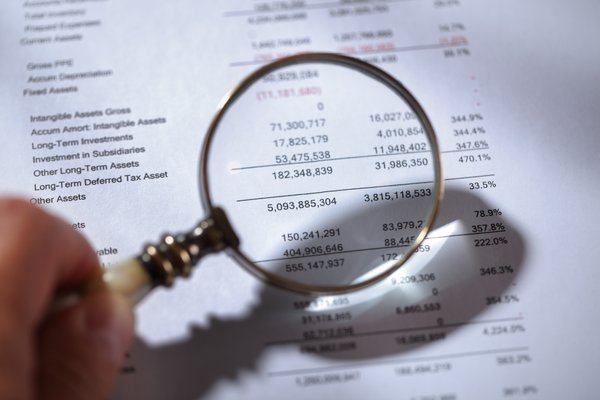Understanding Goodwill: A Key Financial Metric for Investors

Goodwill is a term you'll often encounter when analyzing financial statements, particularly those of companies that have grown through acquisitions. But what exactly is goodwill, and why should investors care? This comprehensive guide breaks down the concept of goodwill, explaining how it's calculated, its implications for a company's financial health, and what investors need to know to make informed decisions.
What is Goodwill?
In simple terms, goodwill is an intangible asset that arises when one company acquires another for a price exceeding the fair market value of its net identifiable assets (assets minus liabilities). Think of it as the premium paid for things that aren't easily quantifiable – things like brand reputation, customer relationships, proprietary technology, a skilled workforce, and even the acquired company's existing contracts.
Essentially, it represents the value of the acquired company's future earnings potential that isn't reflected in its tangible assets. It's a reflection of the acquirer's belief that the combined entity will be more valuable than the sum of its parts.
How is Goodwill Calculated?
The calculation of goodwill is straightforward:
Goodwill = Purchase Price - Fair Value of Net Identifiable Assets
Let's illustrate with an example:
Company A acquires Company B for $5 million. Company B's identifiable assets (like equipment, inventory, and accounts receivable) have a fair value of $3 million, and its liabilities are $1 million. Therefore:
- Net Identifiable Assets = $3 million - $1 million = $2 million
- Goodwill = $5 million - $2 million = $3 million
Why Does Goodwill Matter to Investors?
Goodwill isn't a one-time event; it has ongoing implications for investors:
- Impairment Testing: Goodwill is not amortized (gradually written off) like other intangible assets. Instead, it's subject to annual impairment testing. If the fair value of the acquiring company's reporting unit (often a division or subsidiary) falls below its carrying value (including goodwill), an impairment charge is recognized, reducing the company's reported earnings.
- Potential Red Flag: Large amounts of goodwill on a balance sheet can be a red flag. It suggests that the company has made significant acquisitions, and there's a risk that those acquisitions haven't lived up to expectations, leading to potential future impairment charges.
- Overvaluation Risk: Goodwill can mask underlying problems. A company might appear financially healthy due to inflated asset values, but the goodwill component could be based on overly optimistic assumptions about future performance.
- Impact on Financial Ratios: Goodwill affects key financial ratios, such as return on assets (ROA). A high goodwill balance can depress ROA, even if the underlying business is performing well.
What Investors Should Watch For
When analyzing a company's financial statements, pay close attention to:
- Goodwill as a Percentage of Total Assets: A high percentage could indicate a higher risk of impairment.
- Notes to the Financial Statements: These notes provide details about the company's goodwill balance and the impairment testing process.
- Acquisition History: Understand the rationale behind past acquisitions and whether they have been successful.
- Industry Trends: Consider whether the industry is undergoing significant changes that could impact the value of the acquired assets.
Understanding goodwill is a crucial step in performing thorough financial analysis. By carefully evaluating this intangible asset, investors can gain a more complete picture of a company's financial health and make more informed investment decisions. Don't ignore it – it could be a key indicator of future performance.





